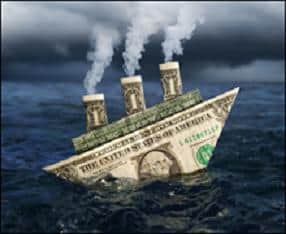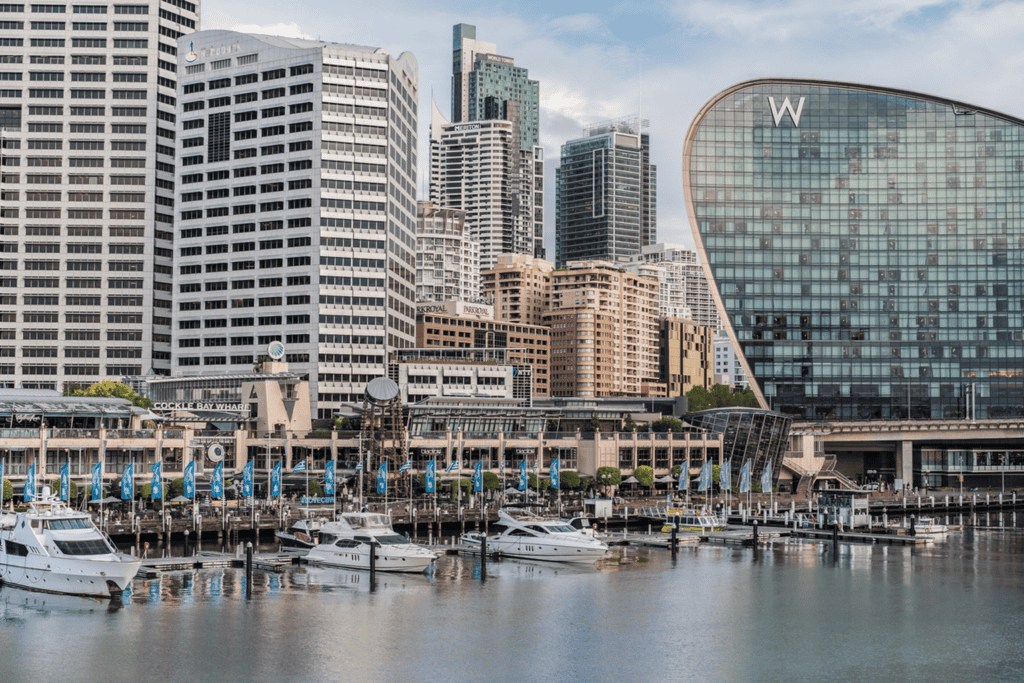The world is awash with debt and we’re running out of solutions…
Interest rates are central banks’ main economic control lever, but we just don’t know how effective they will be against the gathering global tsunami of debt.
“The world is now staggering under a record amount of debt,” Fidelity International’s Michael Collins says. “Household, corporate and government debt are at unmatched levels in absolute and relative [to GDP] terms.
“This unrivalled debt poses an unprecedented threat to the world economy.”
A lot at stake
But before we consider where that may lead, let’s take a step back and consider how the world got in such a mess.
Commercial banks create money by lending more than they have in reserve. That money then becomes someone’s income and when that is deposited again, the banks can increase their loan ratios. It’s called the money multiplier, for obvious reasons, and it’s the way capitalism works.
The trouble is, the lending has gone nuts as financial systems have been liberalised and inflation stifled (allowing for low interest rates).
All that cheap money can lead to excessive lending and housing bubbles, which wreak havoc on economies. That big fear is why the regulators have started stomping on investment lending in Australia.
Shrinking input
Another more complex issue is dealing with an ageing and shrinking population. As an increasing number of older people require more personal support, there are fewer productive adults to add to the coffers of governments.
The need to use shrinking resources for care rather than production leads to ballooning deficits, and with nothing but debt in the bank, authorities have limited ammunition to fight the next economic downturn.

Economies need production and consumption to thrive but if both are cut, they contract.
“At some point the debt accumulation must stop, which would mark the juncture at which the debt-fuelled economic model of the developed world is spent,” Collins says.
“Unmatched debt levels call into question long-term financial stability, for surely not all amounts outstanding will be repaid. Most probably, vast sums will be written off and these actions could trigger systemic banking failures.”
Inflation a key factor
While that prospect is genuinely terrifying, there must be a soft landing option, surely. One of the key factors is inflation. Without it central banks are tempted to cut interest rates to stimulate spending and get the inflation dragon breathing again.
There are plenty of calls for that to happen here, but the Reserve Bank of Australia (RBA) is very mindful that after 25 years without a recession and nearly 10 years of historically low interest rates, consumers have ratcheted up their debt levels to scary proportions.
Interest rates v. inflation

Some, such as Platinum Asset Management CIO Andrew Clifford, see a further 10 to 15 years of very low interest rates, with zero or negative interest rates in substantial parts of the developed world. But the key question for investors is, what happens next?
Cutting interest rates again is unlikely to get the economy moving any faster. This is because consumers are not spending, as they now have to save more for longer to buy their first home, or to have a reasonable retirement, for example.
However, a rate cut would trigger a flight of investment capital out of the country and reduce the buying power of our dollar. It would also give the RBA less ammunition in the event of a shock downturn.
Policymakers could consider laws to separate commercial and investment banking to protect deposit-taking banks that serve the general population. They can overhaul the tax incentives that encourage borrowing, and they could consider scaling back the deductibility of interest on corporate debt.
Time to get serious
But that’s just tinkering. Some serious structural changes need to be made. In the meantime, the main theme is that interest rates are likely to remain low while policymakers try to figure out a solution.
“Until resolutions are found, the huge build-up in debt that fanned economic growth over the past four decades will linger as a deadweight on economies and the world will do well if it avoids more systemic crises,” Collins says.





